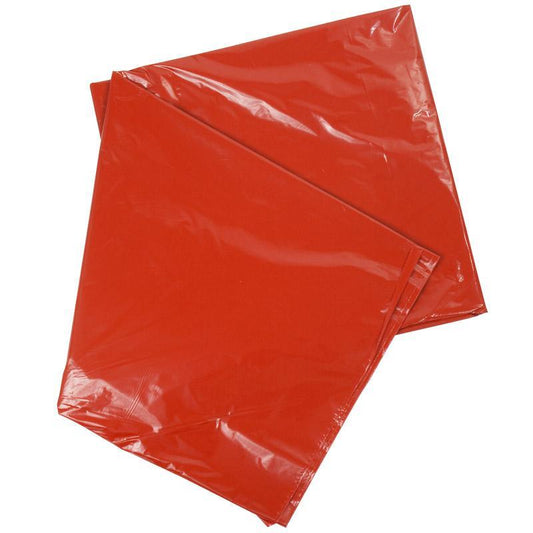
Mulching Plastic: Enhancing Crop Growth and Weed Control
Mulching plastic is an essential tool for modern agriculture, providing numerous benefits to farmers and gardeners alike. From improving crop yields to controlling weeds, mulching plastic is crucial in sustainable and efficient farming practices.
Types of Mulching Plastic
Mulching plastic has several types designed to cater to specific agricultural needs. Understanding the different options available can help farmers and gardeners make informed choices.
-
Black Mulching Plastic:
- Black mulching plastic is a popular choice for weed suppression. Its opaque nature blocks sunlight, preventing weed growth and conserving soil moisture. This type of plastic is ideal for crops like tomatoes, peppers, and melons.
-
Clear Mulching Plastic:
- Clear mulching plastic allows sunlight to penetrate the soil, creating a warm environment that encourages early-season plant growth. It's commonly used for crops like cucumbers and squash. Clear plastic also helps in soil warming during the spring, promoting faster germination and growth.
-
Silver Reflective Mulching Plastic:
- Silver reflective mulching plastic reflects sunlight back onto plants, deterring insect pests like aphids and whiteflies. This type of plastic can increase crop yields while reducing the need for chemical pesticides. It's particularly beneficial for crops such as strawberries and eggplants.
Advantages of Mulching Plastic
The use of mulching plastic offers several significant advantages in agriculture:
-
Weed Control:
- Mulching plastic effectively suppresses weed growth by blocking sunlight and preventing weeds from sprouting. This reduces the need for labor-intensive weeding and minimizes competition for nutrients.
-
Soil Moisture Conservation:
- Mulch plastic acts as a barrier, reducing water evaporation from the soil. This helps maintain consistent soil moisture levels, even during hot and dry periods, leading to healthier crops.
-
Improved Crop Yields:
- By controlling weeds and conserving moisture, mulching plastic creates a favorable environment for plant growth. This often results in increased crop yields and higher-quality produce.
-
Pest Management:
- Reflective mulching plastic, in particular, can deter insect pests, reducing the need for chemical pesticides and promoting a healthier ecosystem.
How to Use Mulching Plastic Effectively
To maximize the benefits of mulching plastic, proper installation and maintenance are crucial:
-
Prepare the Soil:
- Before laying mulching plastic, ensure the soil is well-prepared. Remove any existing weeds, debris, or rocks, and level the soil surface.
-
Secure the Edges:
- Anchor the edges of the plastic to prevent wind from lifting it. Secure it using soil, rocks, or specialized plastic anchors.
-
Proper Plant Spacing:
- Make precise holes in the plastic to plant your crops. Maintain the recommended spacing between plants to allow for healthy growth.
-
Drip Irrigation:
- Consider using drip irrigation systems under the plastic to efficiently deliver water and nutrients directly to the plant roots.
-
Monitor and Maintain:
- Regularly check for damage, tears, or holes in the plastic and repair them promptly. Replace mulching plastic as needed to ensure consistent weed control and moisture conservation.
Mulching plastic is a versatile and invaluable tool in modern agriculture. Its ability to control weeds, conserve soil moisture, and promote healthier crops makes it a valuable asset for both large-scale farming operations and home gardeners. Farmers and gardeners can enhance their crop yields and contribute to more sustainable and efficient agricultural practices by selecting the appropriate type of mulching plastic and following proper installation and maintenance practices.














